#research scientist
Text
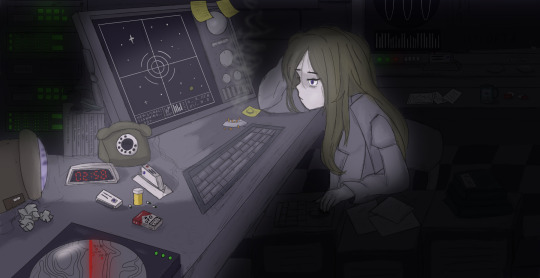
50% of the art is finished. Frankly, I'm about to go crazy. 3 days drawing the same art, it's funny. I want to look at the face of Leonardo Davinci, who painted the Mono Lisa for 4 years
#artwork#art#digital art#draw#drawing#my art#artists on tumblr#sketch#lineart#digital drawing#voices of the void#void#beginner artist#new beginnings#space station#space#scifiart#scifi#science#research scientist#research
72 notes
·
View notes
Text
I have always known the beetles I work with can fly, like in theory, but they never have in the two years I’ve been on the project.
So imagine my surprise when I got swarmed by them at 11 in the fucking morning today.
#I was just doing my little tasks#and I opened the lid to their enclosure#to check on them#and BOOM#20-30 flying beetles#who have NEVER done that before#I have never left a lab so quickly in my life#I say lab#it is a shed out back of the science building#science#research scientist#biologist#dermestid beetle#research#insect#insects#entomology#beetles#beetleposting#college#university#biology#text post
41 notes
·
View notes
Note
Hello, Mr. Holmes! How are you?
So, long story short, I ended up with an optical microscope in my room more or less 4 months ago, with 200 previously made slides (secured in a proper box), and lots of new ones too, for me to prepare myself. I love microbiology (it's one of my hyperfixations, curse my neurodivergency) and now I love it even more (my mother has had to drag me away from the microscope - I named it Wesley - in the middle of the night multiple times now).
After much conversation, I finally convinced my mom to buy me the proper equipment to prepare the slides!
So, I'm sending this ask to you, as I know you also have a microscope and that you use it a lot: what kind of equipment do you recommend me buying (gloves, scalpel blades, tints, etc), while still remembering that all of the stuff needs to stay in my room (properly taken cared of by me, of course)?
For example, I'm unsure if different dyes are used for different smears and specimens due to it's affinity (I've noticed that on 'organic matter' slides, images are usually tinted purple or pink, while on plant-based slides, images are usually tinted green and blue, with a few red structures.) Considering that I don't have access to a mortuary, I will mostly make plant slides. There must be a difference in the dyes then, right?
Sorry for the long text! Hope this isn't too much of a bother.
- a 17-year-old :)
Congratulations on your new light microscope. I do hope you get the best out of it. I am overjoyed that someone else appreciates the art of microscopy and microbiology.
However, you need to be careful to not strain your eyes. It is recommended to take breaks every 15 minutes to close your eyes or focus on something in the distance to reaccommodate your eyes. And get up every 40 minutes, stretch and correct your posture. And it is recommended to not use a microscope more than 5 hours per day. John has to chase me away from my microscope sometimes to take a break when I sit there for hours, my posture like a Caridea.
Concerning equipment, you will obviously need a scalpel or other sharp blade to make very thin slices of your specimen, as thin as possible. And forceps to move your samples (best just get a whole dissection kit it has everything). Obviously slides and coverslips, pipettes for the stains or water, maybe some tubes. A pen to label your slides. In many staining procedures ethanol or acetone is also used. A waste jar to safely dispose of any chemicals, but be careful what you mix. A rack for staining and containers. I would recommend nitrile gloves, some people are sensitive to latex.
The dyes you use depend on the specimen. For example in histological slides of tissues hematoxylin and eosin are most commonly used (short HE-stain). That's what you most likely saw on your slides, it's blue, purple and pink.
Hematoxylin is a basic compound extracted and oxidised from the logwood tree (Haematoxylum campechianum), and it stains acidic compounds in the cells (or basophilic because they have an affinity for basic substances). For example nucleic acids like DNA or RNA get stained by hematoxylin because they are basophillic. And where are lots of nucleic acids? In the nucleus and ribosomes, that is why they appear blue to purple in the staining because they bind hematoxylin.
Eosin is an acidic compound, and stains basic or acidophilic compounds red or pinkish, like proteins, collagen, cytoplasm, extracellular matrix.

(Ductus epididymidis with HE-stain)
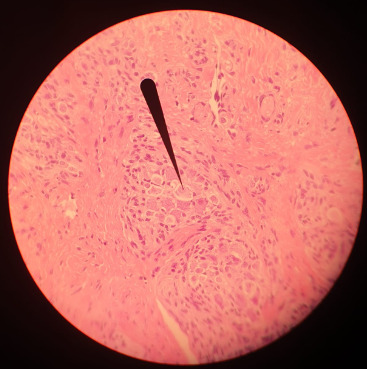
(Tongue HE-stain, pointer marking a ganglion; that is my picture)
Of course there are more specific stains for specific tissues like Golgi's silver staining for neurons.
For plants toluidine blue is often used, high affinity for acidic tissues, and can stain blue to green to purple.
It is often combined with safranin, a basic azine, which is probably the red stain you saw. It stains polysaccharides and lignin, woody parts of the plant. Safranin and astrablue is also often combined, astrablue stains non-lignified parts of the plant.

(Ulex europaeus stem; not my pictures I don't have any samples currently, source Atlas of plant and animal histology)
Safranin is also used in bacteriology, in the famous Gram staining. In Gram staining you use crystal violet (blue/purple), Lugol's iodine solution, then wash it with ethanol and add safranin (red) as a counter stain. Bacteria is gram-positive if the crystal violet stays in their thick murein cell wall, can't be washed out with the ethanol and the bacteria stays blue. Gram-negative appear red because of the counterstain.
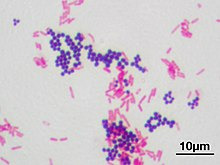
(Staphyloccocus aureus (violet, gram positive) & Escherichia coli (red, gram negative); not my picture, source Wikipedia)
However, I am not sure whether you have access to any of those substances, if they are too expensive for you or if they are too hazardous if used in your own room for a prolongued time. Of course those substances need to be stored properly, and your own room is probably not a good place, especially for ethanol or acetone. The fumes. I would recommend to ask your biology or chemistry teacher whether they can recommend anything further and where to buy said solutions in your area, and if they can't they are idiots. There are also many useful resources and tutorials on Youtube.
Another fascinating experiment for your microscope, that you can perform without buying any chemicals, is a hay infusion. You put hay into a container filled with water, and let it sit undisturbed for a week in a sunny area but not in direct harsh sunlight. During that time the microorganisms in the hay are reproducing in the solution, feeding on the polysaccharides of the hay. Protozoans also flourish in the hay infusion and eat the bacteria. It might get cloudy and a bit foul smelling (best not do it in your own room if you don't want to sleep next to a rotting smell).
When you put a drop of the solution onto a slide and look at it in the microscope, you should see a variety of microorganisms like bacteria (like Bacillus subtilis), amoeba, ciliates, heliozoa, algae et cetera. At different depths of the liquid you should find different kinds of organisms, because of differing oxygen content.
However, pathogens can also occur in the hay infusion so handle it carefully and work sterile, wash your hands properly.
And even if you don't work at a morgue you can still get tissue samples to experiment on, after all meat is sold in supermarkets, basically the same as a human body. And at the butchers they even sell organs like chicken hearts, pig kidney, liver, blood et cetera. Or observe your own hair under the microscope.
Which kind of samples and slides were included in your starter kit? Be careful to not leave them lying around in the sunlight, or the stain might fade. Always store them in the proper box.
#roleplay#rp#sherlock roleplay#sherlock rp#johnlock roleplay#johnlock rp#sherlock#bbc sherlock#sherlock holmes#sherlock holmes rp#sherlock holmes roleplay#science#scientist#research scientist#histology#microscope#microscopy#bacteria#bacteriology#pathology#anatomy#biology#chemistry#scientists#pictures#he stain#specimen#samples#slides#sherlock replies
46 notes
·
View notes
Text


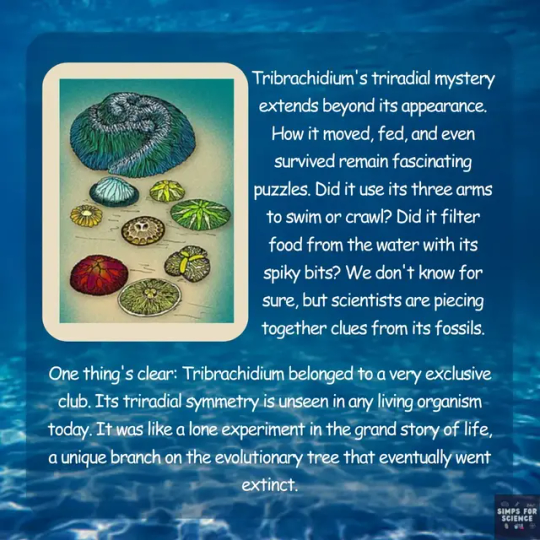

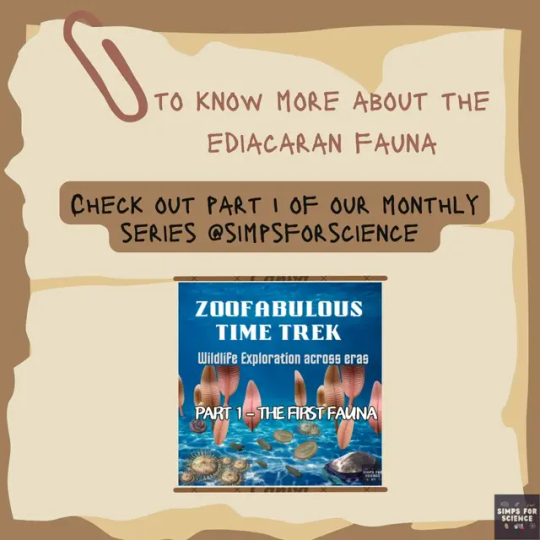
The strokes from Evolution's paintbrush🖌️ created a kaleidoscope of animal body symmetries. 🎨 Triradial symmetry is the rarest and most intriguing of them all !😃 Swipe➡️ to dive deeper🤿 into this rarest marvel of the animal world.To know more about the ancient animals, follow our monthly 🗓️series - Zoofabulous Time Trek!
📸Image credits:
1. Apokryltaros, Wikimedia commons
2. Aleksey Nagovitsyn, Wikimedia commons
3. Ghedoghedo, Wikimedia commons
4. Nobu Tamura, Wikimedia commons
#education#science#science facts#study blog#research scientist#discover#scicomm#zoology#earth#animals#symmetry#fauna#wildlife#precambrian#ediacaran#explore#evolution#paleontology#archaeology#fossils#biology#ancient animals#nature#charles darwin#geology
56 notes
·
View notes
Text
First Post therefore First Question to the general public:
What area of scientific paper publication would you change? This can range from an individualistic standpoint to the massive scientific research publication companies that are in charge of approving publications from various different labs.
The purpose of asking this question is for both my own knowledge and for others that are intending to go into research. It'll provide an overview of how publications work and what most companies want to give grants to the labs that are performing this research.
55 notes
·
View notes
Text
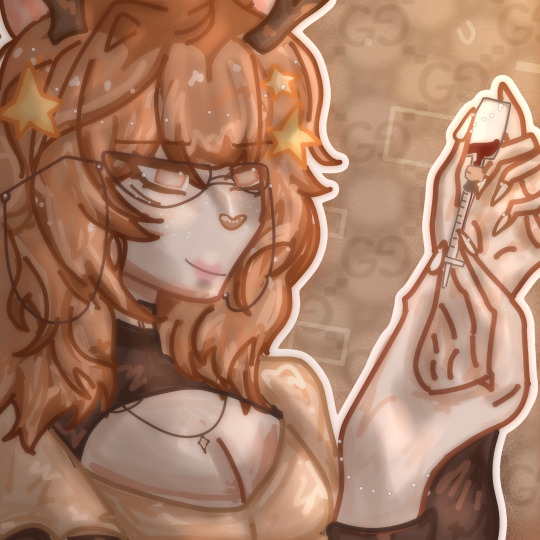
⭐—🦌· scientist deer oc I made:3
#art#artwork#digital illustration#drawing#ibispaintx#digital art#ibispaint art#character design#deer#digital drawing#girl oc#oc#oc art#oc artwork#my ocs#oc stuff#my ocs <3#research scientist#original oc#original character#original art#ocs
21 notes
·
View notes
Text


I've to write two papers by the end of the month...
#mine#not really a big fan of editing pics like this but its better than nothing#research scientist#dark academia#studyblr#international relations#political science#candles
27 notes
·
View notes
Text

#mitochondria is the powerhouse of the cell#all I know is mitochondria#mitochondria#science side#science side of the internet#dank memes#dankest memes#memes#mental meme#memes are my coping mechanism#memes are my love language#i’m offended by this relatable content#science side explain#relatable memes#science side help me#science side please explain#science side of tumblr#science#research scientist#biology#the real scientific method#scientific method#scientific shit
25 notes
·
View notes
Text
I’m coming back from winter break and I realized just how far behind I am with my research. I regret everything right now.
#grad student#gradblr#graduate school#graduate student#grad studyblr#studyblr#study blog#research scientist#researchers
20 notes
·
View notes
Text
Dear fellow plant lovers,
Welcome to a new year of learning and inspiration with Katia Plant Scientist!
2024 marks the third year of my science communication social media initiative that I started back in 2021 as a way to share my passion for botany and gardening with the wider world. Over this time, I have learned much about writing engaging, informative, and entertaining short essays about plants as well as creating videos that virtually transport viewers into my own garden or biology lab to see the plants up close. I have also made many new friends and professional connections in the world of horticulture and plant science through my public pages.
In this new year, I plan to launch my new career path as a science communicator as soon as I complete my PhD thesis at Imperial College London. Please keep following my journey!
best wishes, Katia Hougaard
January 1st, 2024
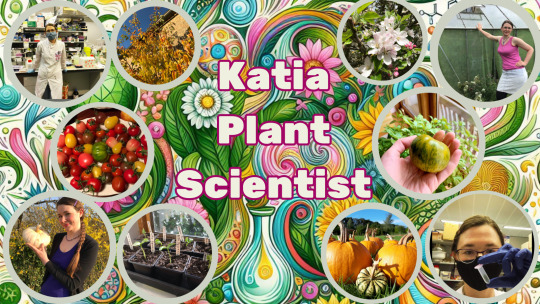
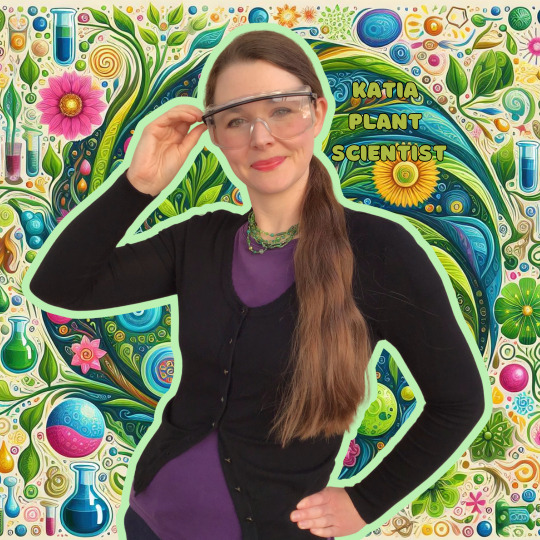
New profile photos feature original AI art made by DALL E based on concepts by Katia Hougaard.
#katia plant scientist#botany#plant biology#plants#plant science#katia hougaard#botanical#gardening#influencers#science communication#science communicator#diveristy in STEM#stem#stemblr#women in stem#science#plant scientist#mad scientist#research scientist#science education#sciencecore#mad science#biology#garden#greenery#ai artwork#dall e ai#new career#writing#personal post
21 notes
·
View notes
Text

Voices of the Void
this will be the hardest work. I've always wanted to work in a remote location, and based on this, I wanted to dream about what it would be like to work at a remote research base that searches for extraterrestrial signals from space. inspired by one game, I decided that it was worth drawing something similar. I think I’ll share a sketch with you… the scale of the work is huge, but fortunately I started taking nootropics that help me focus my attention and the work is progressing in huge steps. I hope you will enjoy..
#art#artwork#digital art#draw#drawing#my art#artists on tumblr#sketch#lineart#digital drawing#space#science#scifi#scifiart#voices of the void#void#star#research scientist#research#lab#horror#game fanart#video games
29 notes
·
View notes
Text
#PropheciesAboutSantRampalJi
By doing this devotional practice, you will get all the happiness while living in this world, you will cut off your sinful deeds and you will also get complete salvation in the end time.🫧🍂✨🌸🌸

ਧਰਤੀ ਤੇ ਅਵਤਾਰ
#kabir is real god#santrampaljimaharaj#kabirisgod#god kabir#bengaluru#india#maharashtra#mumbai#hyderabad#its true#world#research scientist
49 notes
·
View notes
Text
I finished the period and I'm already preparing to focus on research. I'm putting together and organizing my field notebook! 🍃🍂🐝


#100 days of productivity#biology#studyblr#motivation#academic#college student#dark academia#physiology#study academia#fisiologia#research scientist#science#naturalist biologist#nature#student life#student#college life#daily study
25 notes
·
View notes
Text

27 notes
·
View notes
Text
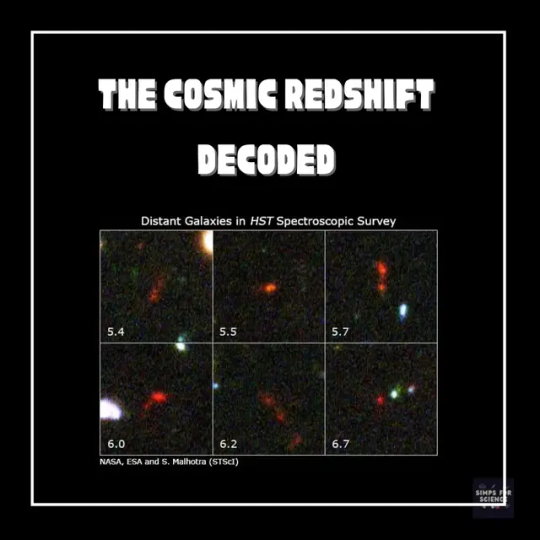
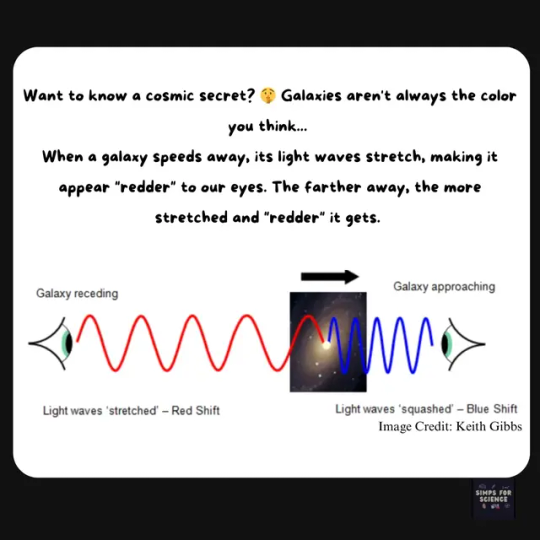
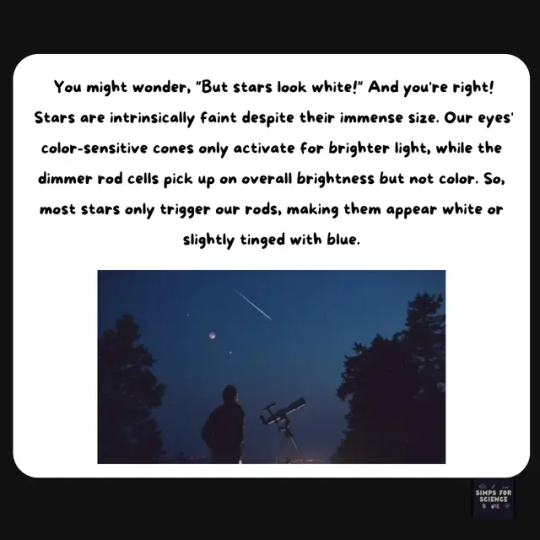


What if you're told that the stars that appear to be white aren't always white ⬜?Ever wondered why do galaxies wear the cloak of redshift? 🤔Swipe ➡️ through to unlock 🔓 this mystery. To explore more about the cosmic evolution, follow our monthly series - Big Bang Theory ✨.
#education#science#science facts#study blog#research scientist#discover#scicomm#earth#explore#universe#expanding universe#cosmology#cosmos#space#nasa#astrophysics#astronomy#physics#physicist#redshift#hubble#albert einstein#knowledge#comics#big bang#galaxy
39 notes
·
View notes
Text
Good week at the lab!


except that I forgot to make new plates by the end of week and had to stop working a day early haha....
featuring: my spoiled brat viruses
#college#university#studyblr#academia aesthetic#laboratory#research scientist#research laboratory#love hypothesis#vibes
22 notes
·
View notes